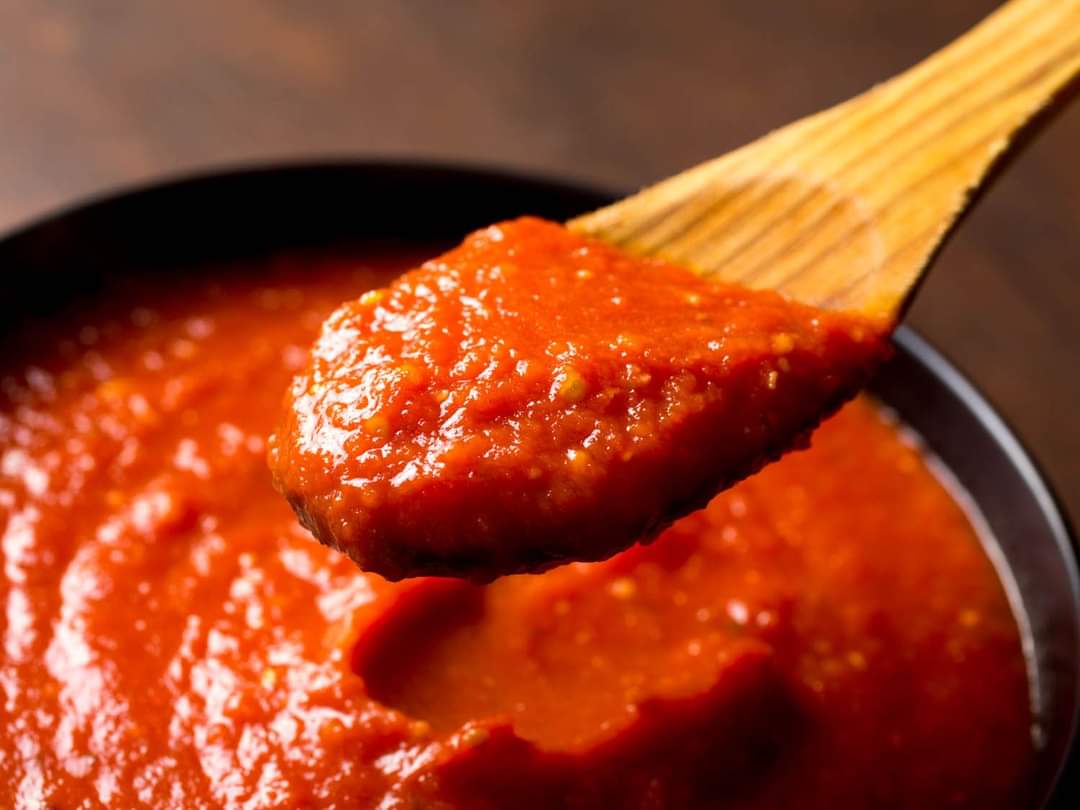Unlocking the Secrets of Sauce Time: Elevate Your Culinary Creations
In the world of gastronomy, few things hold as much power as the perfect sauce. Whether you’re a seasoned chef or a home cook experimenting in the kitchen, mastering the art of sauce making can take your dishes from ordinary to extraordinary. Welcome to Sauce Time! In this comprehensive guide, we’ll delve deep into the nuances of sauces, exploring techniques, flavors, and creative applications to help you become a saucier extraordinaire.
What is Sauce Time?
Sauce Time isn’t just a phrase – it’s a culinary philosophy. It’s the moment when you elevate a dish by adding that perfect finishing touch, that burst of flavor that ties everything together. It’s about understanding the role of sauces in cooking and harnessing their potential to transform even the simplest ingredients into gourmet delights.
The Importance of Sauces in Cooking
Enhancing Flavor
Sauces are the flavor powerhouse of any dish. They can add depth, richness, and complexity, turning a bland meal into a culinary masterpiece. Whether it’s a velvety béchamel, a tangy barbecue sauce, or a fragrant curry, sauces have the ability to elevate the taste profile of any dish.
Moisture and Texture
Beyond flavor, sauces also play a crucial role in adding moisture and texture to a dish. They can coat ingredients, providing a luscious mouthfeel, or they can be used to deglaze pans, creating savory pan juices that enhance the overall dish.
Presentation and Visual Appeal
Never underestimate the visual impact of a well-executed sauce. From vibrant pesto drizzled over pasta to intricate swirls of reduction sauce on a fine dining plate, sauces can enhance the presentation of a dish, making it visually appealing and enticing.
Types of Sauces
Sauces come in a myriad of forms, each with its own unique characteristics and culinary applications. Here are some of the most common types of sauces:
| Sauce Type | Description |
|---|---|
| Mother Sauces | The foundational sauces in French cuisine, including béchamel, velouté, espagnole, hollandaise, and tomato sauce. These sauces serve as the base for countless other variations and are essential in classical cooking. |
| Emulsions | Emulsified sauces, such as mayonnaise and vinaigrettes, are made by combining two immiscible liquids, typically oil and vinegar, and stabilizing them using an emulsifying agent like egg yolk or mustard. These sauces are prized for their creamy texture and versatility. |
| Reduction Sauces | Reduction sauces are made by simmering a liquid, such as stock or wine, until it thickens and concentrates in flavor. They can range from simple pan sauces to complex demi-glace, and they add depth and intensity to a dish. |
| Cold Sauces | Cold sauces, like salsa verde or tzatziki, are typically served chilled and are often used to add a refreshing contrast to grilled meats or roasted vegetables. They’re quick and easy to prepare, making them perfect for summer dining. |
Tips for Perfecting Your Sauces
- Start with Quality Ingredients: The key to a great sauce is using the freshest, highest quality ingredients available. Whether it’s ripe tomatoes for a marinara or rich butter for a béarnaise, quality ingredients will shine through in the final dish.
- Balance Flavors: A good sauce should strike the perfect balance of sweet, salty, sour, and savory. Taste and adjust as you go, adding a pinch of sugar to balance acidity or a splash of vinegar to brighten flavors.
- Control Texture: Pay attention to the texture of your sauce and adjust it accordingly. If it’s too thick, thin it out with a bit of liquid. If it’s too thin, simmer it gently to reduce and thicken.
- Experiment with Herbs and Spices: Don’t be afraid to get creative with your flavorings. Fresh herbs, spices, and aromatics can take your sauce to the next level, adding complexity and depth of flavor.
- Strain for Smoothness: For a silky smooth sauce, strain it through a fine mesh sieve or cheesecloth to remove any lumps or impurities. This extra step is worth the effort for a professional finish.
Conclusion
In conclusion, mastering the art of sauce making is a journey worth undertaking for any aspiring chef or home cook. By understanding the fundamentals of flavor, texture, and technique, you can unlock the true potential of sauces and elevate your culinary creations to new heights. So embrace Sauce Time with enthusiasm and creativity, and prepare to dazzle your taste buds and impress your guests with every dish you create.
Now, it’s your turn to get saucy in the kitchen – let the culinary adventures begin!

